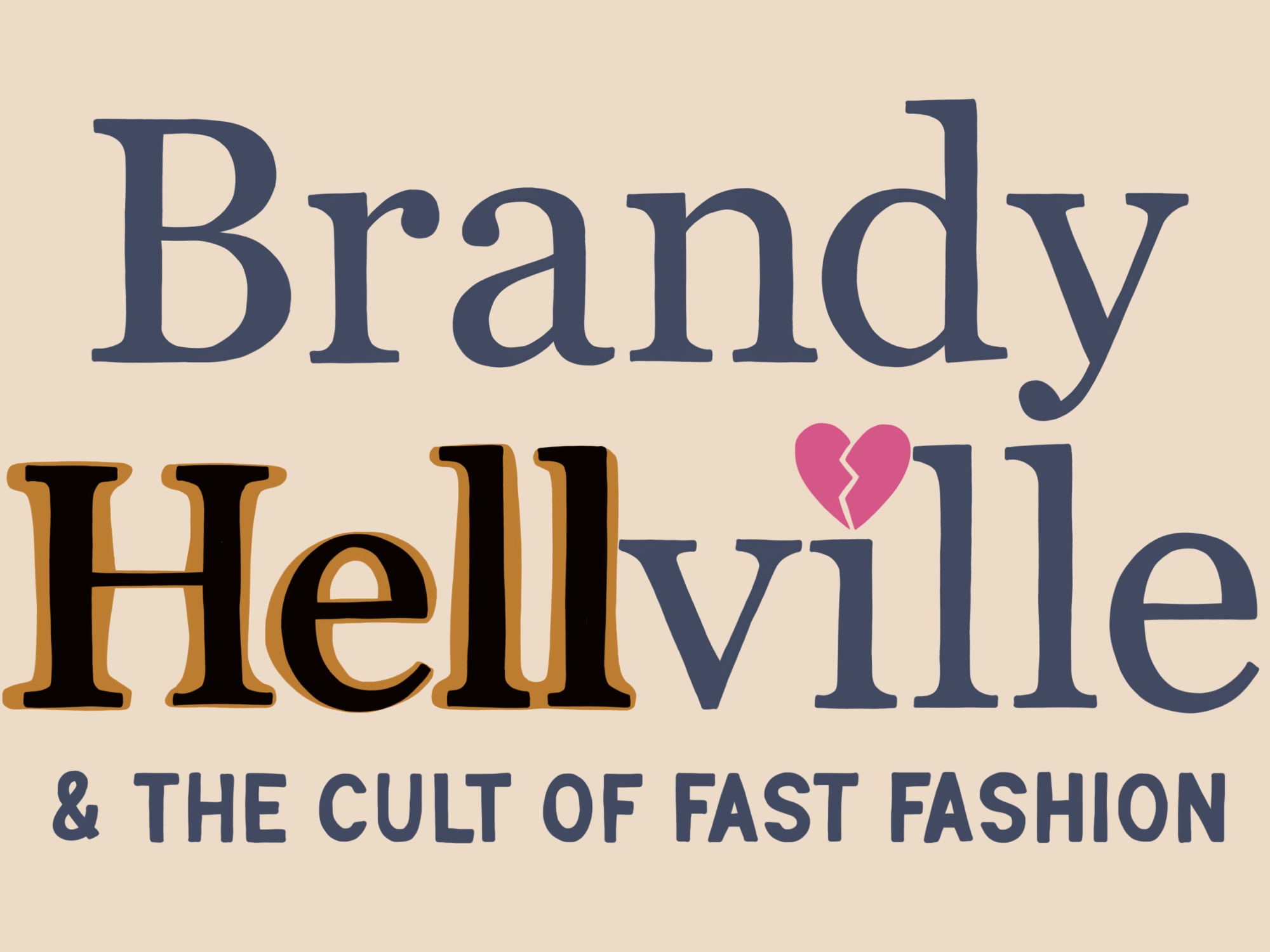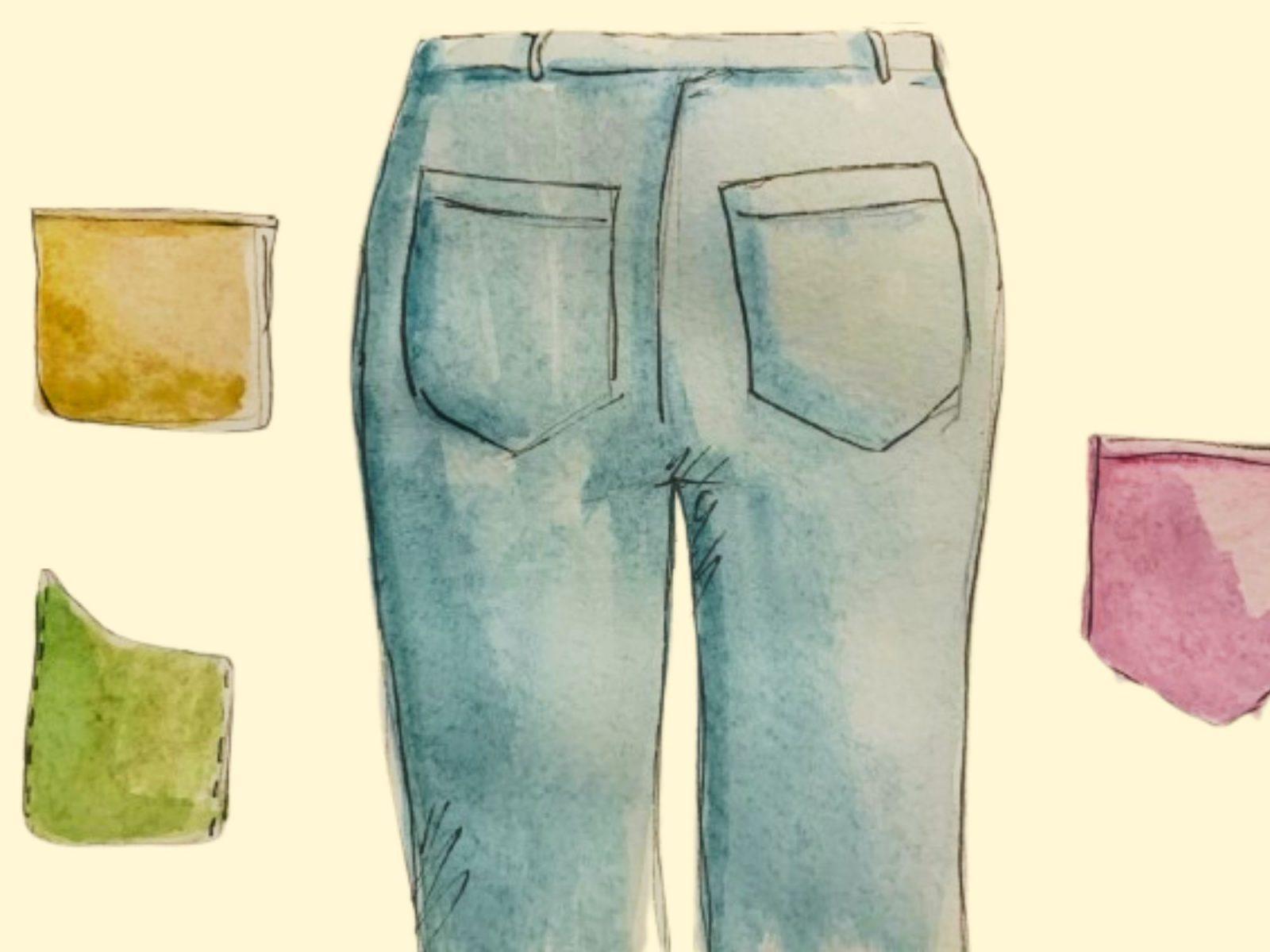Growing up, I loved Brandy Melville. I remember walking into the Santa Monica storefront for the first time in 2015. Despite its offensive lack of diversity and openly problematic “one size fits most” attitude, I too was a part of the “cult of fast fashion.”
Wearing Brandy Melville was the cool thing to do at the time, and I wanted to be cool.

Since entering college, I’ve weaned myself off of Brandy Melville clothing. Admittedly, it was not for ethical reasons, but because I lost interest and aged beyond their target teenage demographic.
Last week, HBO dropped a new documentary, “Brandy Hellville and the Cult of Fast Fashion.” I immediately watched it, and 90 minutes later felt absolutely repulsed by my past infatuation with the brand.
More than that, I felt disgusted by my patterns of consumption.
I feel vulnerable writing this because I must openly admit my faults. Fast fashion is a way of producing clothing “that emphasizes making fashion trends quickly and cheaply available to consumers,” according to Merriam-Webster. It’s easy to agree that fast fashion is undeniably horrible, but understanding the extent of its horrors forced me to face discomfort by recognizing my complicity and hypocrisy.
The documentary covers a lot of the insidious or otherwise shocking practices of Brandy Melville. I was originally interested in the drama surrounding what used to be one of my favorite stores, but watching this documentary has fundamentally changed how I will now approach consumption.
Perhaps you are already a commendably conscious consumer. But if you have even the slightest feeling you may not be, I highly suggest you watch this documentary to get a better understanding of the effects of fast fashion.
I’ll come back to the fast fashion point in a bit, but the documentary also highlights how Brandy Melville has a white-washing effect on consumers. For anyone familiar with the brand, Brandy Melville promotes the archetype of the thin, white, pre-18, upper-class California surfer girl.
The documentary exposed that employees who were people of color were typically sent to work in the stock room, while the white workers were stationed at customer-facing roles in the front of the store. If you glance at the company’s Instagram page, you’ll see the official models are usually thin and white.
It’s disappointing that Brandy has gone so long without facing repercussions for its questionable business standards, especially given all the other mainstream brands that have made some effort to be more inclusive, such as Abercrombie & Fitch’s rebrand.
And yet, after watching the documentary, I logged onto X where I saw people claiming they will continue shopping at Brandy Melville. One user commented, “brandys baby tees are so good they are carrying the baby tee industry.”
Somehow, we not only allow but continue to support Brandy Melville’s business model of exclusivity.
Others expressed confusion about why Brandy Melville was chosen as the subject of a documentary focused on wider commentary about the fast fashion industry.
One user griped that “it would actually be interesting if they made something about … Shein. They’re just doing Brandy to be [politically correct] and get attention not for actual content.”
Another took issue with the documentary’s subtitle, “The Cult of Fast Fashion.” They stated, “Brandy Melville isn’t even fast fashion?? Their clothes are actually good quality.”
We must be brainwashed to think that what is perceived as good quality cannot be considered fast fashion.
Fast fashion does not refer only to the quick lifecycle of clothes made to capture microtrends, but it also encompasses the exploitative model that uses sweatshops to churn out mass-produced items at low cost to sell at high profit.
I’d like to think that I am trying to improve my social consciousness, reduce my carbon footprint and do as much as possible to mitigate my involvement in systems of labor exploitation.
Some participation in these systems is inevitable, but that does not mean that I cannot do significantly more to be conscious of what I can control: how I choose to spend my disposable income and which morals I am upholding — or compromising — in the process.
And the same goes for others — if you think you can do more to be less of an active participant in one of the worst forms of colonialism and exploitation that exist today, you probably can. I know I can, and I will.
The documentary sheds light on other offensive practices of Brandy Melville, but my broader takeaway from the documentary is that I need to spend a lot more time and effort looking into the companies I give my money to.
I want to go into more detail, but my main point is that you need to watch the documentary. It is effective at capturing the environmental crisis and impact of first-world hyperconsumption, and watching it is the best way to understand its message.
Even if I knew of fast fashion before watching this documentary, there was something about the personal connection to Brandy Melville that made my complicity extremely visible. This film inspired me to change how I approach selecting and purchasing the clothes I wear.
If you are unsure of your own complicity in the fast fashion industry or if you are merely planning a trip to get a new baby tee, I highly urge you to watch the film.





























































































































